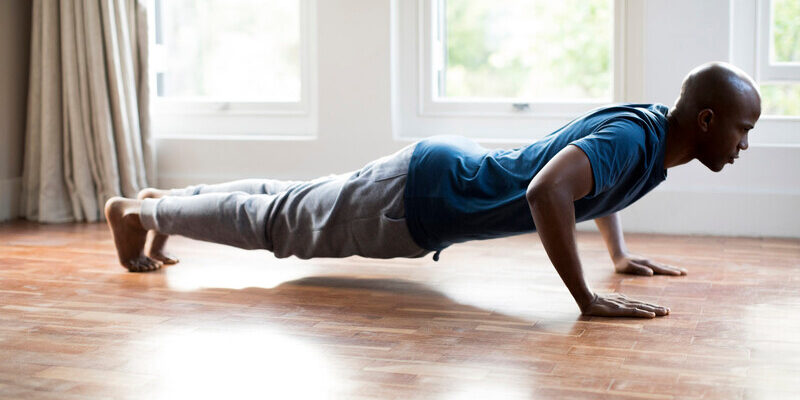Healthy to the core
By Danielle Johnson MS, RDN, CDN, CPT, RYT
To have a strong core we need to do 100 sit-ups every day, right? Wrong! This old school method of thinking has been disproved by exercise science research. Most people think of “abs” when they think of the word “core”, but it is so much more than that. The human core is made up of multiple complexes and the true name for the core is the “lumbo-pelvic hip complex”. Within the lumbo-pelvic hip complex are 16 major muscles!
Major muscles within the lumbo-pelvic hip complex:
- Transverse abdominus
- Internal oblique
- Lumbar multifidus
- Pelvic floor muscles
- Diaphragm
- Quadratus lumborum
- Psoas major
- External oblique
- Parts of internal oblique
- Rectus abdominus
- Gluteus medius
- Adductor complex
- Latissimus dorsi
- Hip flexors
- Hamstring complex
- Quadriceps
These muscles make up the local stabilization system, the global stabilization system, and the core. The local stabilization system are muscles that attach directly to the vertebrae of the spine. They are primarily responsible for spinal stability and providing support to the vertebrae. It also helps limit excessive compression and rotational forces in the spine, aids in postural control and your body’s ability to sense movement. The global stabilization system are the muscles that attach from the pelvis to the spine. These muscles are important for transferring loads between the arms and legs, it provides stability between the pelvis and the spine and provides stability and control during movements. The rest of the muscles that make up the core attach the spine to the pelvis, arms, and legs. They are responsible for controlling force production and actions of the muscles while moving.
If you want to build a strong core it is essential to focus on strengthening the entire body and avoid focusing just on the abdominals. The human body works together all at once, not in isolation. Training should also focus on integration to improve mobility, strength, flexibility, and quality of life.
Three exercises to include in your regular routine are squats, push-ups, and lunges; these exercises can be modified for beginner or advanced. Building a healthy core in a safe way will also help prevent injuries and improve pain experienced from past injuries and/or poor posture.
Danielle Johnson MS, RDN, CDN, CPT, RYT is a registered dietitian who works in the Department of Bariatrics Center of Excellence at Mather Hospital, where she specializes in surgical weight loss and medical weight management. She is also completing her Master of Science in Integrative Nutrition at Stony Brook University.

